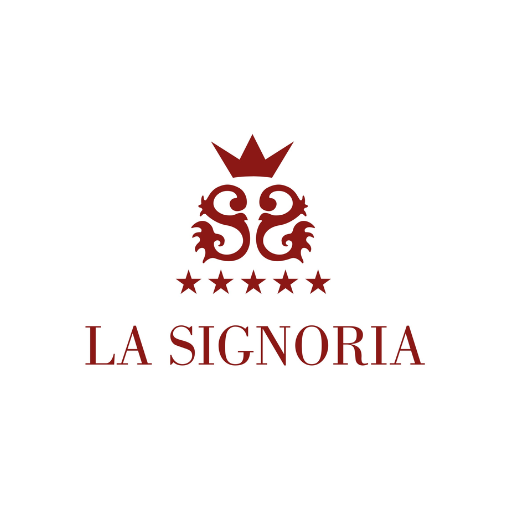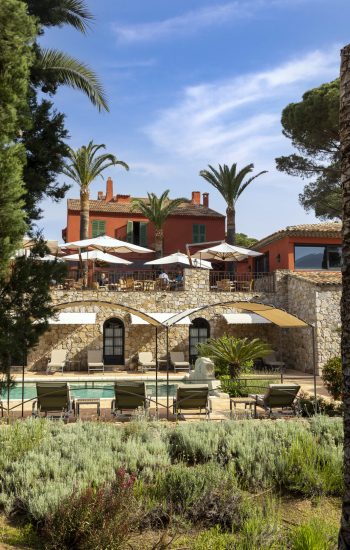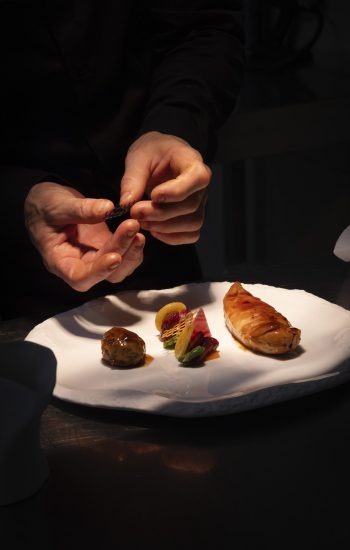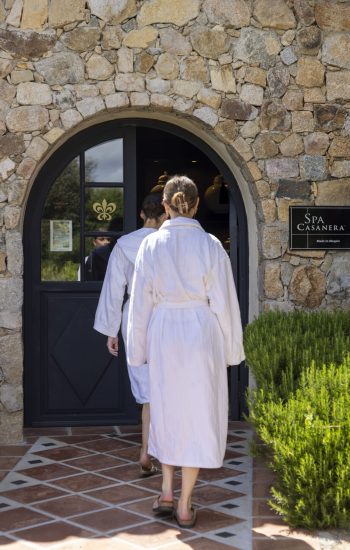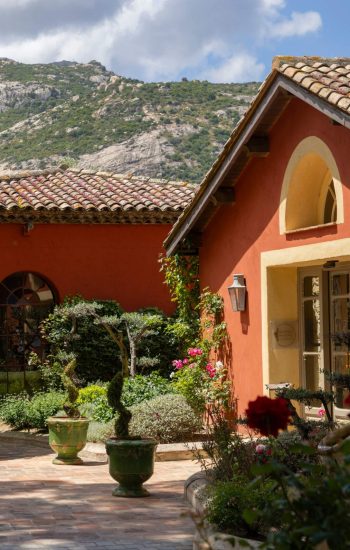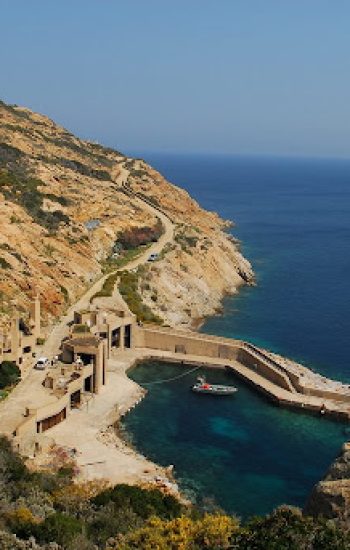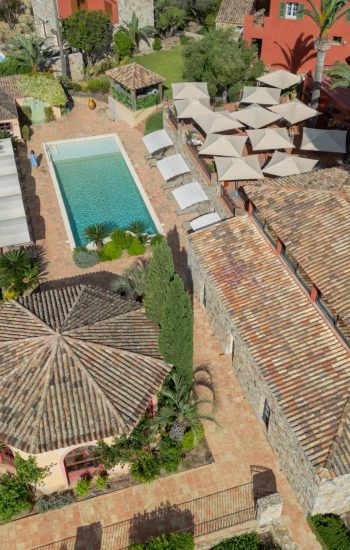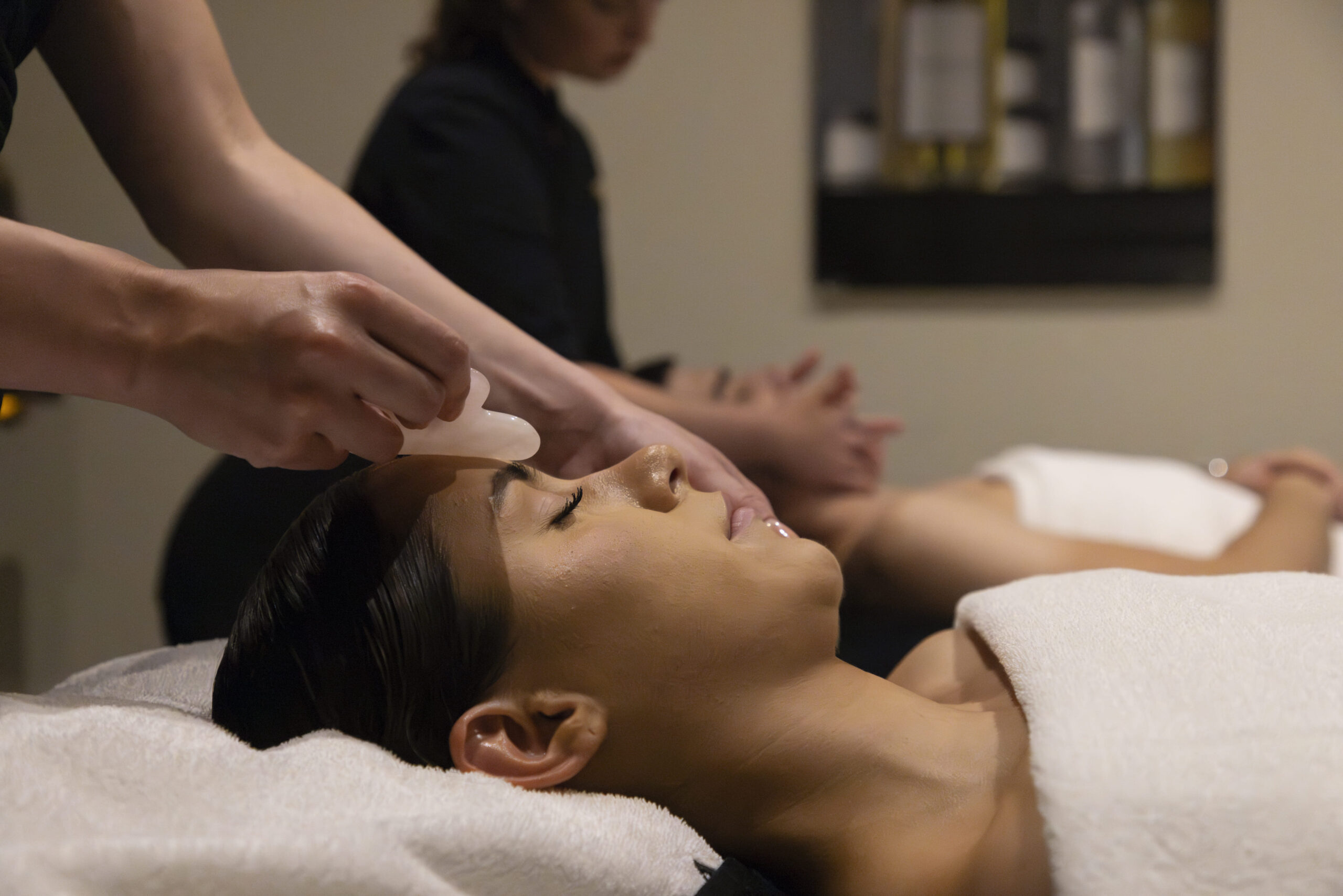During your stay in Balagne, once called the "granary of Corsica", you can taste the most emblematic Corsican products. Direct sales at the farm and on markets is a marketing method that many organic producers in Corsica have chosen. This type of sale allows them to create and maintain a link between the consumer and the producer.
Organic producers sell at the following markets:
Bastia - Cap Corse
Marché de Sisco - Every Tuesday in summer
Bastia market - Every Saturday and Sunday morning, on the market square
BioMercatu in Bastia - Every last Saturday morning of the month, place d'armes in Bastia
Oletta market - Every Friday morning
Costa Serena
Ghisonaccia market - Every Wednesday morning
Prunelli di Fiumorbu market - Every Saturday morning
Aléria market - Every Tuesday morning
Bravone market - Every Thursday morning in summer
Costa verde
Local Mondays at Peru Caseveghje - Every Monday in summer at 5pm
Moriani-Plage market - Every Tuesday in summer
Poggio Mezzana market - Every Sunday morning
Central Corsica
Calacuccia market
Tavignano Valley Market
South Corsica
Porto Vecchio Market - Every Sunday morning
Lecci market
Bonifacio market - Every Tuesday morning
Sartène market - Every Saturday and Tuesday morning
Propriano market
Ajaccio
Ajaccio Market - Every morning at the Marché Central and every Saturday morning at Place Foch
Marché de Bocognano - Every Thursday morning in summer
Balagne
Belgodère market - Every Saturday morning
Lumio market: Every Wednesday morning in summer and every Saturday morning in winter
Calvi market - Every Monday morning
Galéria market - Every Friday morning
Santa Reparata di Balagna market - Every Saturday and Tuesday morning
PDO products
Wines of Corsica
The Corsican viticulture Since 1975, it has undertaken a global quality approach with the obtaining of the first AOC wine of Corsica. This approach will lead to 9 appellation areas (Ajaccio-Corsica, Corse-Coteaux du Cap Corse, Corse-Calvi, Corse-Figari, Muscat du Cap Corse, Corse-Porto Vecchio, Patrimonio, Corse-Sartène) for Corsican wines with specific mentions.
But beyond the official recognition, the industry has been able to highlight the typicality of local grape varieties and terroirs. Only a major research and development effort to find the traditional grape varieties (sciacarello, nielluciu, vermentino), which had been neglected for a long time, made it possible to achieve this result. At the same time, a major effort was made to modernise production tools, to find new processes that would allow the full potential of Corsican wines to be expressed and finally to restructure the vineyards. Actions of structuring of the sector and promotion of the products completed this device to reach the current result which sees the wines of Corsica occupying a real place in the national concert of wines. Economically, it is the island's leading agricultural speculation with 6,700 ha of vineyards and a turnover of about 150 M€ and a production of about 350,000 hectolitres per year.
Brocciu
Brocciu obtained its recognition as a controlled designation of origin in 1998 after a long period as a simple designation. For this emblematic product of the island, the appellation is above all a protection against counterfeit products based on raw materials of all kinds and also a defence against imitation imports.
Brocciu is obtained from the whey of goat or sheepIt is made into a delicate, gourmet mousse and placed in cheese tins. In France, it is the only AOC cheese made from whey. About 500 tons are produced each year on the island.
The other Corsican cheeses, made from sheep's and goat's milk, are strong in taste and characteristic of an island with a steep relief.
Honey from Corsica
It has had an AOC since 1998. Quality labels (AOC, AOP, IGP...). The AOC honey of Corsica - Mele di Corsica is the first AOC of soil of France on honeys. This recognition is based on the specificity of the Corsican flora, which includes a large number of endemic species, and on the ecotype of the Corsican bee, which has adapted to the climatic and geographical conditions of the island and is able to gather and harvest the variety of nectars offered by the maquis all year round. Obtaining this AOC/AOP Miel de Corse was part of a revolution in the development of honeys. It introduced for the first time in France the notion of "terroir honey", which is opposed to that of monofloral honey, by the recognition of the appellation on a range of 6 honeys (Spring, Spring Maquis, Summer Maquis, Miellats du Maquis, Châtaigneraie and Maquis d'Automne).
To obtain these varieties, the beekeepers move their bees from the sea to the Corsican mountains as the seasons go by, following the complex and varied flowering of Corsica, which gives the range its originality and its great diversity of aromas and flavours, from the sweetest to the most bitter, sometimes delicate and sometimes persistent. Thanks to their tradition, beekeeping know-how and growing technical skills, the beekeepers have succeeded in making this product known and recognised and have made it part of a dynamic of increasing sales and numerous installations.
Olive oil recognised in 2004
Olive oil has only recently obtained its AOC recognition since the decree dates from the end of 2004. The path that led to this recognition has been rich in information on the island's thousand-year-old olive-growing heritage, notably with the identification of varieties typical of the island (ghjermana, sabina, zinzala) highlighted through DNA analysis. This work on quality was also a means of reinforcing the product's reputation and relaunching the policy of renovating abandoned orchards, the value of which in terms of production against fires cannot be overemphasised.
Today the first bottles of AOC oil are approved and already markets seem to be opening up outside the island.
Corsican chestnut flour has had an AOC since 2006
The chestnut groves of Corsica (about 30,000 hectares) are mainly grouped within a region with an evocative name, the Castagniccia. The area maintained and harvested is 1,300 hectares, with a production of chestnut flour which is close to 300 tons per year. There are still 32 mills in operation. Corsica thus appears to be one of the leading chestnut-producing regions in France, alongside the Ardèche. The AOC Corsican chestnut flour symbolises the strong link that exists between traditional know-how and the land that bears it.
Label rouge and protected geographical indication for clementines since 2007
With its 1,200 hectares, Corsica is the one and only clementine producing region in France. The characteristics specific to the island clementine were recognised in 2007 by the European Union through the Protected Geographical Indication "Corsican Clementine". A Label Rouge application is currently being examined by the INAO, which will further enhance the product's quality image. The pomelo is following the path opened by the clementine. Indeed, picked when ripe, fresh and untreated after harvesting, it should obtain recognition as a PGI very soon.
The charcuterie has had an AOC since 2012
Recognition of production quality has become a major issue for agricultural producers and processing companies. Valuing a know-how, a region, this recognition is an economic asset in a particularly competitive food sector. It is with this idea that Corsican producers of dry sausages (Prisuttu, Coppa and Lonzu) have been collaborating since 2001 with INRA researchers. The scientists, contacted by local producers, helped these producers to form a group with common interests, the "Syndicat de défense et de promotion de la charcuterie corse" (Union for the defence and promotion of Corsican charcuterie), to work on specifications codifying the conditions of production.
Two major points have been identified: the breed of pigs raised (local breed of pig, managers recognised in 2006) and the finishing method which valorises another local production (chestnuts and acorns). The chain will only be officially set up next year while waiting for the first productions. For the small breeders, this is a tremendous victory. That of a know-how, of a terroir.
Fruits of the sun: prunes, hazelnuts, almonds
Tree production represents a significant economic weight and is mainly used for processing: confectionery, jams, etc. hazelnut from Cervione (Protected Geographical Indication in progress), untreated, enjoys an extremely healthy image. It is highly prized on foreign markets and in particular by high-end processors (confectioners, chocolate makers, etc.).
The Corsica region is also the leading producer almonds. The island orchard is characterised by excellent varieties, renowned for their organoleptic quality.
Benefiting from an exceptional amount of sunshine, the Corsican prunes are excellent for health, both for snacking and cooking.
